Table of Contents
What is Water Lettuce?
Water lettuce (Pistia stratiotes) is a floating, aquatic plant native to tropical and subtropical regions worldwide. Its foliage, which resembles heads of lettuce, forms dense mats on the water’s surface, providing shade and habitat for aquatic life.
Although it’s appreciated for its beauty and ability to improve water quality, water lettuce can become invasive under the right conditions, potentially disrupting ecosystems and blocking waterways.
Water Lettuce Benefits
Water lettuce provides numerous benefits, both ecological and aesthetic.
- Water Quality Improvement: Water lettuce helps to improve water quality by absorbing excess nutrients, such as nitrates and phosphates, which can contribute to algae overgrowth.
- Habitat Creation: Its dense root systems provide a habitat and breeding grounds for various aquatic species, including fish, insects, and amphibians.
- Shade Provision: By covering the water surface, water lettuce helps to shade the water beneath, protecting aquatic life from harsh sunlight and helping to regulate water temperature.
- Erosion Control: The plant’s thick mat of roots also aids in erosion control by reducing the impact of waves on the shoreline.
- Aesthetic Appeal: With its lush, lettuce-like foliage, water lettuce adds a unique aesthetic appeal to ponds, lakes, and water features.
Related: View our latest Aquarium Plant Guides Here!
Is Water Lettuce Toxic or Invasive?
Water lettuce (Pistia stratiotes) is not considered toxic to humans or animals, but it can be highly invasive. In the right conditions, such as warm, nutrient-rich waters, it can proliferate rapidly, forming dense mats that cover the entire surface of ponds, lakes, and slow-moving rivers.
This invasive behavior can disrupt local ecosystems by blocking sunlight and reducing oxygen levels in the water, which can harm other aquatic plants and animals. It can also impede water flow and navigation.
As a result, water lettuce is controlled or banned in some regions, so always check local regulations before introducing it to a body of water.
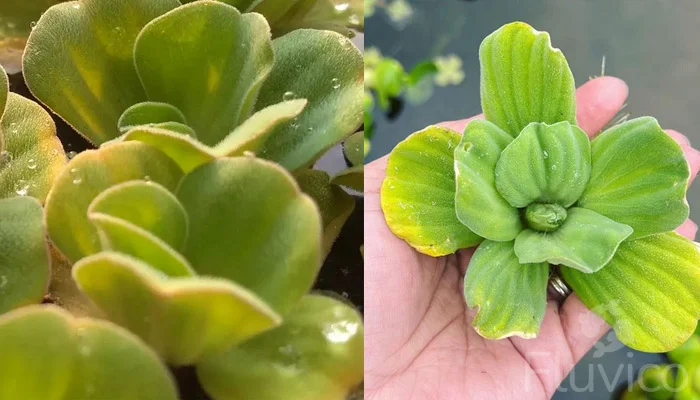
Water Lettuce Types
Water lettuce, or Pistia stratiotes, generally appears as a single species and does not have distinct recognized varieties or subspecies. However, there may be variation in plant size, leaf shape, and growth habit depending on environmental conditions.
Some specimens may appear more compact or robust than others based on factors such as sunlight, temperature, water quality, and nutrient availability. It’s also worth noting that there are other related floating plants that are often used in conjunction with water lettuce in aquatic gardening, such as water hyacinth (Eichhornia crassipes) and duckweed (Lemna spp.).
How to Grow Water Lettuce
Water lettuce is a simple plant to grow as long as it has access to enough sunlight and nutrient-rich water. It is a tropical plant and prefers warm temperatures, so in colder climates, it should be grown in the summer or in a heated indoor pool or aquarium.
How to Plant Water Lettuce
- Choose Healthy Plants: Source Healthy Water Lettuce Plants Find a reliable nursery or aquatic plant supplier to purchase healthy water lettuce plants. Ensure the plants have no signs of pests or disease.
- Prepare the Water: Prepare Your Water Body Before introducing water lettuce, make sure your pond, pool, or aquarium has adequate sunlight and a warm temperature (above 15 degrees Celsius or 60 degrees Fahrenheit). The water should be nutrient-rich for the plants to thrive.
- Introduce Plants: Gently place the water lettuce on the water surface. It will naturally float, and its roots will hang down in the water.
- Position the Plants: Properly Ensure that the plants are not in an area with strong currents or water flow that could submerge them. Water lettuce prefers calm water.
- Provide Sunlight: Place the pond or aquarium where the water lettuce can receive at least six hours of sunlight daily.
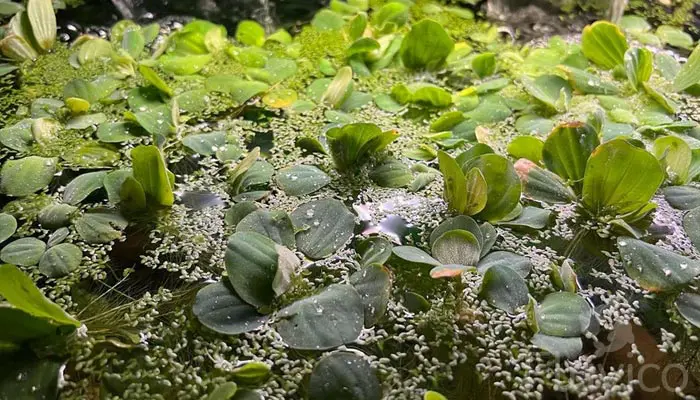
Propagating Water Lettuce
- Monitor for New Plants: Regularly check your water lettuce plants for new offshoots or “pups” that form at the edge of the existing plants. They will be attached to the mother plant by a short stolon or runner.
- Separation: Once the new plant has formed several leaves of its own, gently separate it from the mother plant by cutting the connecting stolon with a clean, sharp tool.
- Transplant: Simply place the new plant on the surface of the water in the desired location. It should float and begin to grow on its own.
- Care: Ensure that the new plant has enough light and nutrients to grow. Monitor its health regularly and remove any yellowing or unhealthy leaves.
- Prevent Overcrowding: Water lettuce can quickly cover the entire surface of a pond or aquarium. Regularly thin out plants to ensure all plants have access to sunlight and the water doesn’t become depleted of oxygen.
Remember that while water lettuce propagation is quite easy, it can also become invasive if not controlled properly. Always be mindful of local regulations and ecosystem health when propagating water lettuce.
How to Grow Water Lettuce from Seed
Growing water lettuce from seed is quite challenging, largely because the plant rarely flowers and produces seeds outside of its natural, tropical habitat. Additionally, even when seeds are available, they are very small and difficult to handle.
As such, water lettuce is almost exclusively propagated through the division of daughter plants, which is a much simpler and more effective method. If you do find water lettuce seeds and want to try growing them, here are the general steps you would follow:
- Seed Scarification: Water lettuce seeds have a hard outer shell. Gently rubbing them between two pieces of sandpaper can help to break down this shell and improve germination rates.
- Seed Soaking: Soak the seeds in warm water for 24 hours to further soften the shell and prepare them for germination.
- Sowing Seeds: Spread the seeds on the surface of a shallow container filled with water. They should float on the surface.
- Germination: Place the container in a warm, well-lit area. The seeds will need plenty of warmth and light to germinate. Keep in mind that germination may take several weeks.
- Transplanting: Once the seeds have sprouted and grown into small plants, they can be transferred to a pond or aquarium.
Remember, water lettuce can be highly invasive, so never release it into natural water bodies or environments where it could become a problem. Always check local regulations before attempting to grow water lettuce.
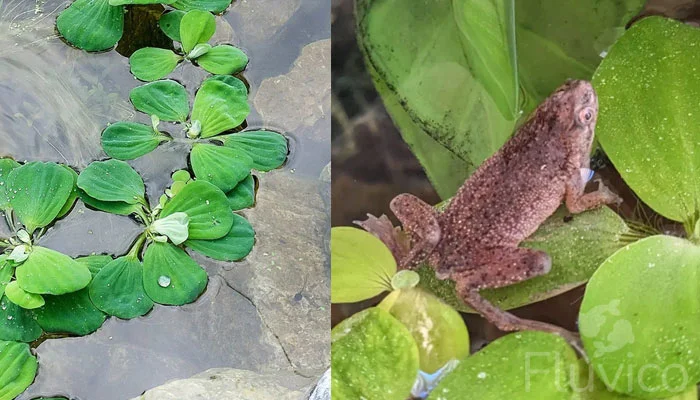
Overwintering Water Lettuce
Water lettuce is a tropical plant, which means it doesn’t do well in cold weather. If you are growing your water lettuce in a pond and live in an area with freezing winters, you’ll need to take some steps to overwinter your water lettuce. Here’s how:
- Move Indoors: The simplest way to overwinter water lettuce is to bring it indoors. You can keep it in an aquarium or a small indoor pond. Ensure the room has a lot of natural light or supplement with grow lights.
- Temperature Control: Maintain a consistent water temperature above 15 degrees Celsius (60 degrees Fahrenheit). You can use an aquarium heater to maintain the water temperature if necessary.
- Monitor Light and Nutrients: Even indoors, ensure your plants get plenty of light and nutrients. During the winter, they may need supplemental lighting.
- Regular Care: Continue to care for your water lettuce as you would during the warmer months. Remove any yellowing or dead leaves, and check regularly for pests or signs of disease.
- Reintroduce in Spring: Once the threat of frost has passed in the spring, you can reintroduce your water lettuce to your outdoor pond or water feature. Ensure the outdoor water temperature has warmed sufficiently before doing so.
Remember to be mindful of the invasive nature of water lettuce. Always dispose of any unwanted plants responsibly and never release them into natural waterways.
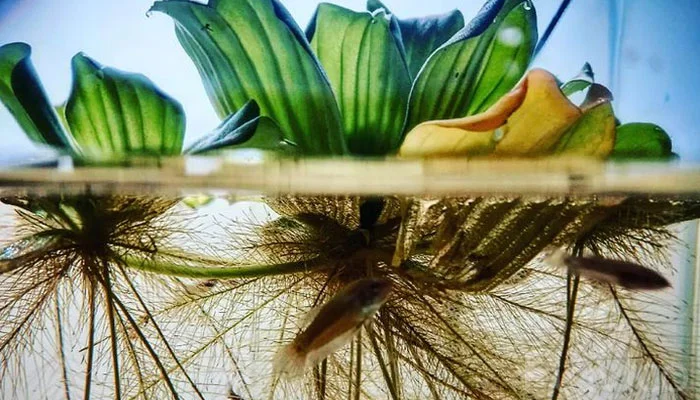
Water Lettuce Care
- Tank Size: Water lettuce can become quite large, with leaves spanning up to 10 inches across in ideal conditions. Therefore, you’ll need a tank with enough surface area to accommodate the plants. A small, crowded tank may not be the best environment.
- Lighting: Water lettuce requires a good amount of light, ideally around 12-14 hours a day. Make sure your tank is in a well-lit location or consider adding an aquarium lamp for additional light.
- Water Quality: Water lettuce prefers nutrient-rich water. In a tank environment, you may need to add a water-soluble fertilizer to keep the plants healthy.
- Temperature: As a tropical plant, water lettuce prefers warm water temperatures, ideally between 20-30°C (68-86°F). If your home is cooler, you might need an aquarium heater to maintain the right temperature range.
Fertilizer
Fertilizer can help water lettuce grow robustly, especially in a closed system like a tank or small pond where nutrients may become depleted. Use a water-soluble, balanced fertilizer and follow the package instructions for dosage.
It’s crucial not to over-fertilize, as excess nutrients can encourage algae growth. In a pond with fish, you may not need extra fertilizer since fish waste contributes to nutrient levels. Always monitor plant health and water quality when using fertilizers.
Pruning
Pruning water lettuce is fairly straightforward and involves the following steps:
- Identify the Plants: Look for any plants that are turning yellow or brown, as well as any that appear diseased or are infested with pests.
- Remove Unhealthy Plants: Using a net or your hands, gently remove the unhealthy plants from the water. Be careful not to damage the roots of the surrounding plants in the process.
- Control Growth: If the water lettuce is covering too much of the water’s surface, remove some of the plants to allow light to reach the water below. This can help prevent oxygen depletion in the water, which can harm fish and other aquatic life.
- Dispose Responsibly: Because water lettuce can be invasive, dispose of the pruned plants responsibly. Do not throw them into natural water bodies.
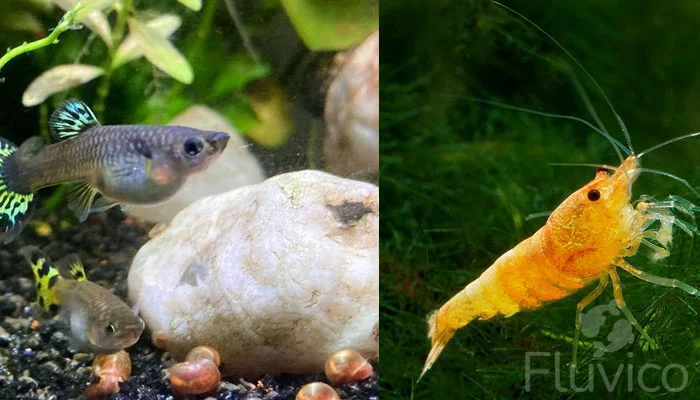
Water lettuce and tank mates
Water lettuce is generally a good companion for many species of fish and other aquatic animals, as it provides shade and a potential source of food. However, keep in mind that some fish species, particularly herbivorous ones like goldfish and koi, might nibble on the roots of the water lettuce. Here are some suitable tank mates:
- Tropical Fish: Many types of tropical fish, like guppies, mollies, and bettas, coexist well with water lettuce.
- Pond Fish: Larger pond fish like koi and goldfish can live with water lettuce but may nibble on the plants.
- Invertebrates: Many invertebrates, like shrimp and snails, enjoy the cover provided by water lettuce and may feed on the biofilm on the plant’s roots.
- Amphibians: Frogs and newts can also benefit from the cover provided by water lettuce.
- Aquatic Birds: In larger outdoor settings, water lettuce can coexist with ducks and other aquatic birds.
Remember to monitor the tank regularly for any signs of overeating or potential problems with the water lettuce, and make adjustments as necessary.
Related: View our latest Aquarium Plant Guides Here!
Common Issues with Water Lettuce
While water lettuce is generally quite hardy, it can encounter a few common problems:
- Yellowing or Browning Leaves: This is often a sign of poor growing conditions. It could be due to a lack of nutrients, not enough light, or water that is too cold.
- Pests: Aphids and water lettuce weevils can infest water lettuce. The pests may cause visible damage to the leaves and hinder growth.
- Overgrowth: Water lettuce reproduces quickly and can cover the surface of a pond or aquarium if not managed. This can limit light and oxygen in the water, affecting the health of other aquatic life.
- Cold Temperatures: Water lettuce is a tropical plant and does not handle cold well. If temperatures drop too low, the plants may die.
- Invasive Potential: While not a problem with the plant’s health itself, water lettuce can become a major invasive species if introduced into natural water bodies where it’s not native.
If your water lettuce is not thriving, consider adjusting the light, temperature, and nutrients in its environment. Regularly monitor for pests and remove any diseased or damaged plants promptly. Always manage the growth of water lettuce responsibly to prevent it from becoming invasive.
Common Pests
Water lettuce can be affected by several pests, including:
- Aphids: These tiny insects can suck the sap from water lettuce, causing yellowing and wilting.
- Water Lettuce Weevil (Neohydronomus affinis): This pest is specific to water lettuce. The adult weevils eat the leaves, and the larvae can burrow into them, causing damage.
- Snails and Slugs: These pests may eat the leaves, particularly of smaller or weaker plants.
- Caterpillars and Other Leaf-Eating Insects: Some species may feed on the leaves of water lettuce.
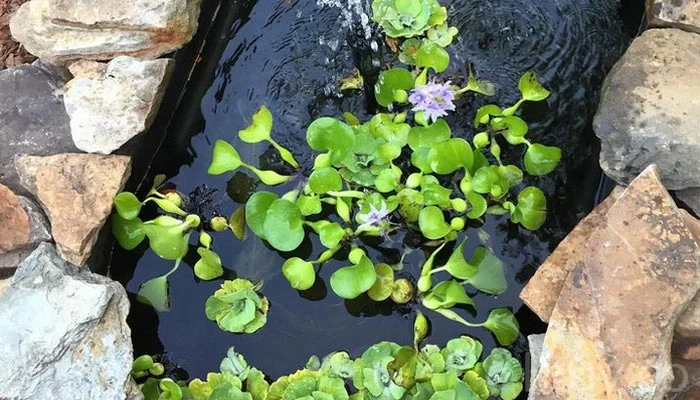
Water Lettuce in Ponds
Water lettuce can be a great addition to ponds due to its floating, ornamental leaves and its ability to provide shade and shelter for aquatic life. However, it’s essential to manage its growth as it can quickly cover the water surface, potentially blocking light and oxygen for other organisms.
Also, it’s sensitive to cold, requiring a wintering strategy in colder climates. Always be aware of local regulations, as it’s considered an invasive species in some areas.
- Light: Water lettuce requires plenty of sunlight, so place your pond where it can get around 6-8 hours of light per day.
- Temperature: As a tropical plant, water lettuce prefers warm temperatures. It thrives in water temperatures between 20-30°C (68-86°F). During colder months or in colder climates, you may need to move the plants indoors or use a pond heater.
- Water: Water lettuce prefers nutrient-rich water and may benefit from the addition of a water-soluble fertilizer, especially in a pond without fish
- Space: Since water lettuce reproduces rapidly and can quickly cover the water surface, be sure to prune regularly to allow light to reach other plants and animals in the pond.
- Pests and Diseases: Regularly inspect the plants for signs of pests or diseases. Yellow or browning leaves can be a sign of trouble.
- Overwintering: If you live in a cold climate, have a plan for overwintering your water lettuce, which could involve moving it to an indoor pond or aquarium.
Remember, while water lettuce can be beneficial for ponds, it can also be invasive, so ensure it doesn’t escape into natural water bodies.
FAQ
Will Fish Eat Water Lettuce?
Yes, certain fish species, particularly herbivorous ones like goldfish and koi, may nibble on water lettuce, particularly its roots. The plant isn’t harmful to fish and can provide a good source of roughage.
Why is my Water Lettuce yellowing or browning?
Yellowing or browning of water lettuce often indicates stress from inadequate light, nutrient deficiency, cold temperatures, or pest infestation. Adjusting the plant’s environment, improving care practices, and managing pests can usually restore the plant’s health.
Is water lettuce good to eat?
While water lettuce is not toxic, it’s not typically part of the human diet and there’s limited information about its edibility or nutritional value. It’s sometimes consumed by aquatic animals, but it should only be eaten if grown in safe, chemical-free conditions.
Is water lettuce toxic to dogs?
No, water lettuce (Pistia stratiotes) is not known to be toxic to dogs. However, it’s always best to prevent pets from eating any non-food plants, as they can still cause gastrointestinal upset or other reactions.
Is water lettuce illegal anywhere?
Yes, water lettuce (Pistia stratiotes) is considered an invasive species and is banned in several locations due to its potential to disrupt local ecosystems. These places include some U.S. states like California, Texas, and Florida, as well as other countries. It’s illegal to buy, sell, or transport water lettuce in these areas without a permit. Always check local laws and regulations before purchasing or transporting water lettuce.
More Reading

15 Types of Cryptocoryne: Which is Best For Your Aquarium Setup?

16 Awesome Low Light Aquarium Plants (Mosses, Ferns & Stem Plants)


18 Types of Aquarium Moss: Photos, Care, Propagation & Growth Guide
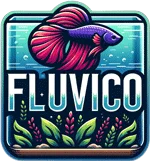
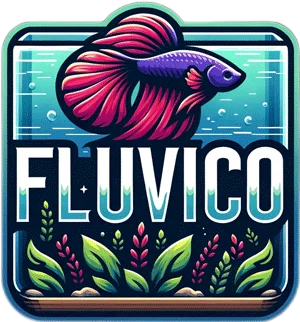
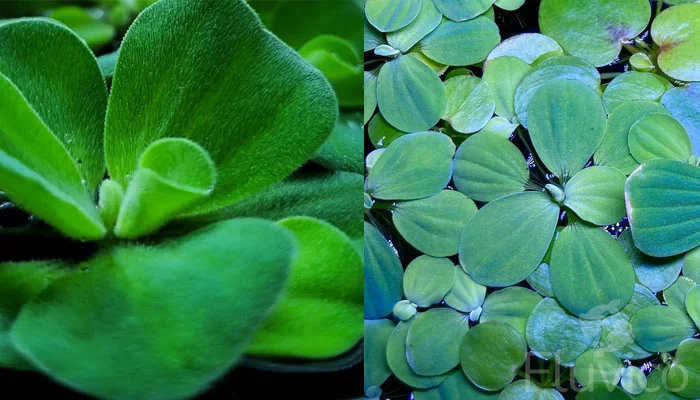
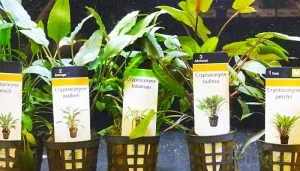
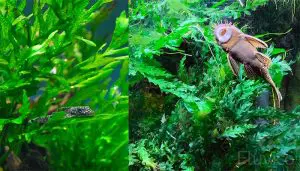
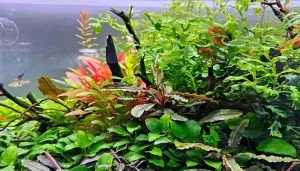
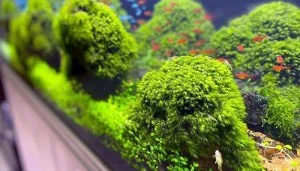

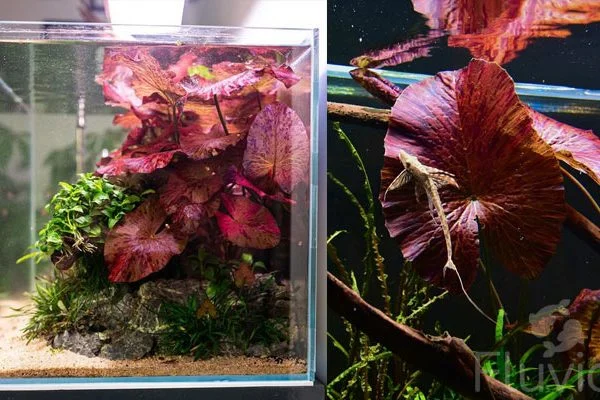
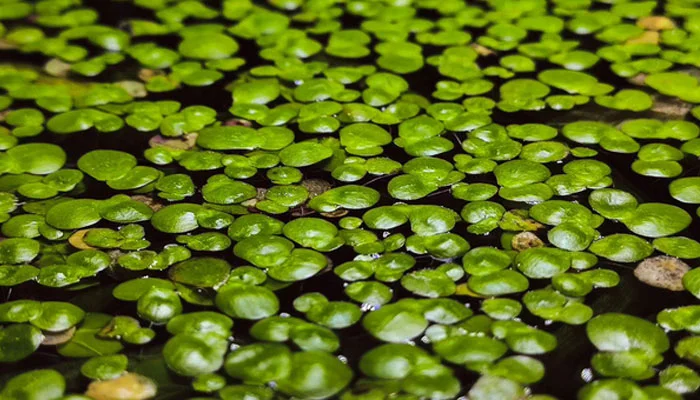
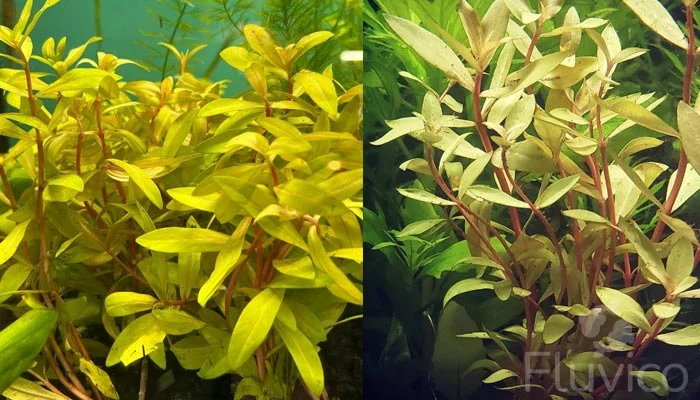
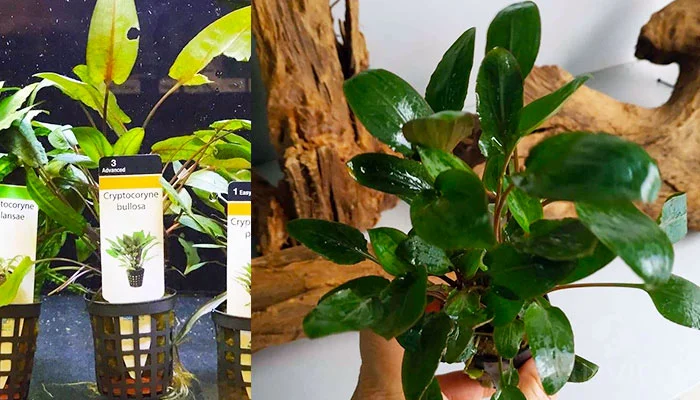
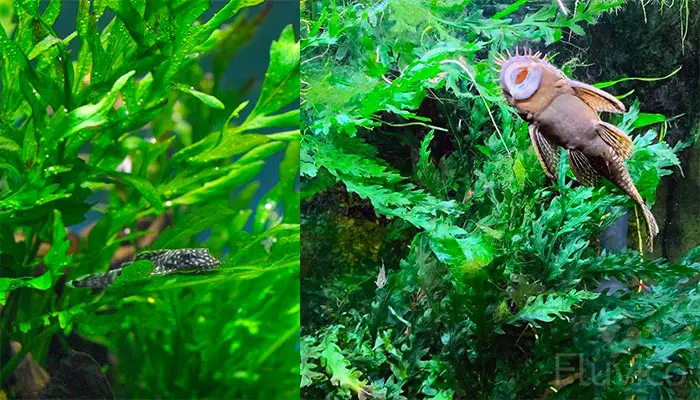
Hope you enjoyed our Water Lettuce Care Guide! As always if you have any questions or tips of your own, comment below.
All the best,
Charlie